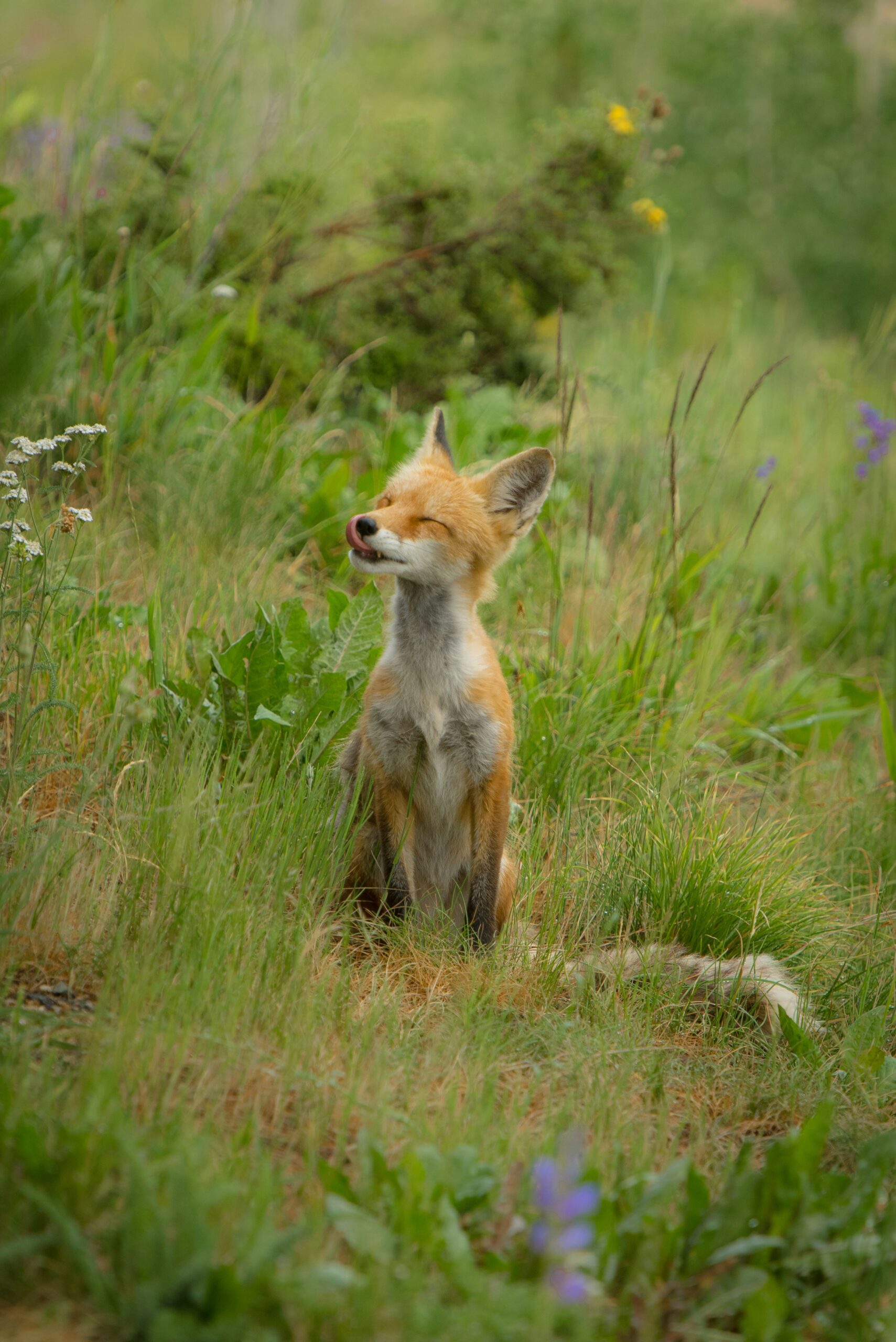Are you wondering if a monocular is the right choice for wildlife observation? Whether you’re a seasoned birdwatcher or a novice nature enthusiast, you might be considering the best tool to enhance your experience. Binoculars have long been the go-to optics for such pursuits, but monoculars are increasingly gaining popularity. This article explores the suitability of monoculars for wildlife observation, covering their advantages and potential drawbacks, and ultimately helping you decide if they meet your needs.

What is a Monocular?
To begin, let’s clarify what a monocular is. A monocular is a simplified, handheld optical device that allows you to observe distant objects with one eye. In essence, it functions as the singular half of a pair of binoculars. Imagine the convenience of carrying an instrument that combines the telescope’s power and the binocular’s compactness. Lightweight and portable, monoculars are commonly used in birdwatching, hiking, and other outdoor activities.
Key Features of Monoculars
Monoculars share similarities with both binoculars and telescopes. They offer magnification to bring distant objects closer, making them ideal for detailed observation. Here are some of the key features generally associated with monoculars:
- Magnification and Objective Lens Diameter: Typically denoted in specifications as something like “10×42,” where “10x” represents the magnification power, and “42” indicates the diameter of the objective lens in millimeters.
- Field of View (FOV): This refers to the width of the area visible through the lens, measured in feet at a thousand-yard range. A wider field of view is beneficial for scanning the environment.
- Weight and Size: One of the biggest attractions of monoculars is their compact size and minimal weight, which makes them convenient for carrying during long walks or trips.
Understanding these features offers insight into how monoculars can be used effectively for wildlife observations.
Advantages of Using Monoculars in Wildlife Observation
Once you’re familiar with what monoculars are, you may wonder why you should consider them instead of other optical instruments. Here are some compelling reasons:
Portability and Convenience
One of the greatest benefits of monoculars is their portability. Unlike binoculars, which require space for dual eyepieces and a larger body frame, monoculars are compact and lightweight. They easily fit into your pocket, making them less cumbersome to carry when you’re out in the field.
- Lightweight: Typically, monoculars weigh significantly less than binoculars, making them easier to manage.
- Space-saving: Their compact design means you can easily store them in a backpack or even a pocket, leaving you with more space for other essentials.
Ease of Use
Using a monocular is straightforward since you’re only dealing with a single eyepiece and lens. This simplicity makes them particularly user-friendly, especially for beginners.
- Quick Focus: With only one eyepiece to adjust, focusing on your subject is generally faster. This can be a vital advantage when observing wildlife, where every second counts.
- Single-handed Operation: You only need one hand to hold and adjust a monocular, freeing your other hand for multitasking, like holding a map or trekking pole.
Versatility
Monoculars serve multiple purposes beyond wildlife observation, which might be a significant advantage if you intend to use them for various activities.
- Multipurpose Use: Whether hiking, engaging in sports events, or venturing on city tours, monoculars provide a flexible range of uses.
Cost-Effectiveness
On average, monoculars are less expensive than high-quality binoculars of similar magnification and quality. If you’re budget-conscious, a monocular provides excellent observation capacity without the financial burden.
Disadvantages of Monoculars
While monoculars offer numerous benefits, they also come with certain drawbacks. Understanding these can help you make an informed decision.
Limited Field of View
One of the significant limitations of monoculars is their restricted field of view. Since you’re using just one eye, your peripheral vision is limited compared to using both eyes with binoculars.
- Narrow View: You might find its narrower field inadequate when sweeping large areas to spot wildlife.
- Eye Fatigue: Extended use of one eye can lead to strain and fatigue, making long observations uncomfortable.
Less Stable Imagery
Monoculars have a higher tendency to produce shakier images, particularly at high magnifications. This requires a steady hand, which can be challenging in the field.
- Shaky Image: Without the benefit of dual grips as with binoculars, maintaining a steady view requires practice or additional stabilization equipment, like a tripod.
Depth Perception Challenges
Using both eyes provides depth perception, an essential element when observing wildlife up close or when trying to evaluate the terrain’s depth.
- Lack of 3D View: With monoculars, depth perception isn’t as accurate, potentially affecting your ability to judge distances between objects.
Comparative Analysis: Monoculars vs. Binoculars
When deciding between monoculars and binoculars, comparing their features and own advantages and limitations aids in making an informed choice.
| Feature | Monoculars | Binoculars |
|---|---|---|
| Portability | High | Moderate |
| Ease of Use | High | Moderate |
| Field of View | Limited | Wide |
| Lasting Comfort | Lower | Higher |
| Cost | Lower | Higher |
Portability and Size
If portability is a priority for you, then a monocular is your best bet. However, if you’re embarking on a dedicated wildlife observation outing where size isn’t a constraint, binoculars might be worth the additional weight.
Image Clarity and Comfort
Many users agree that binoculars, with their ability to use both eyes, tend to offer a more comfortable and stable viewing experience. However, if you’re looking for a minimalist approach, monoculars can provide clear images with a bit more effort.
Budget
If you’re cost-conscious but still want decent quality, monoculars offer greater value for your money.

Best Practices for Using a Monocular in Wildlife Observation
Maximizing the benefits of a monocular requires technique and practice. Here are some practical tips:
Stable Grip Technique
Since monoculars tend to be more prone to shaking than binoculars, maintaining a stable grip is essential. Using one hand to hold the monocular steady and one hand for support, especially with high magnifications, helps stabilize your view.
Utilize a Tripod
For extended sessions or when observing from a stationary position, using a tripod can provide stability and reduce fatigue.
Efficient Focus Adjustment
Focusing your monocular quickly and accurately is crucial. Get familiar with the focus mechanism by practicing on stationary objects before moving targets like wildlife.
Choose the Right Conditions
Monoculars, like all optics, perform best under optimal light conditions. Morning and late afternoon, when lighting is softer, provide the best conditions for wildlife observation.
Are Monoculars the Right Choice for You?
Ultimately, choosing the right optical tool for wildlife observation depends on your specific needs and preferences. By evaluating the pros and cons, and experimenting with both monoculars and binoculars, you’ll discover the best fit for your unique style of wildlife observation. Whether prioritizing portability, budget, or the viewing experience itself, the choice will reflect how you enjoy and engage with nature.
Wrapping it Up
In conclusion, monoculars offer a portable, user-friendly alternative to binoculars. While they may not suit everyone’s needs due to limitations in field of view and comfort, they are an excellent option for those seeking a lightweight, versatile, and cost-effective solution for wildlife observation. Whether you’re hiking through nature trails or simply enjoying a leisurely day in the park, a monocular can be your discreet companion. Consider what aspects are most significant to you, and choose accordingly. Your adventures in wildlife observation await with the perfect tools at your disposal!

